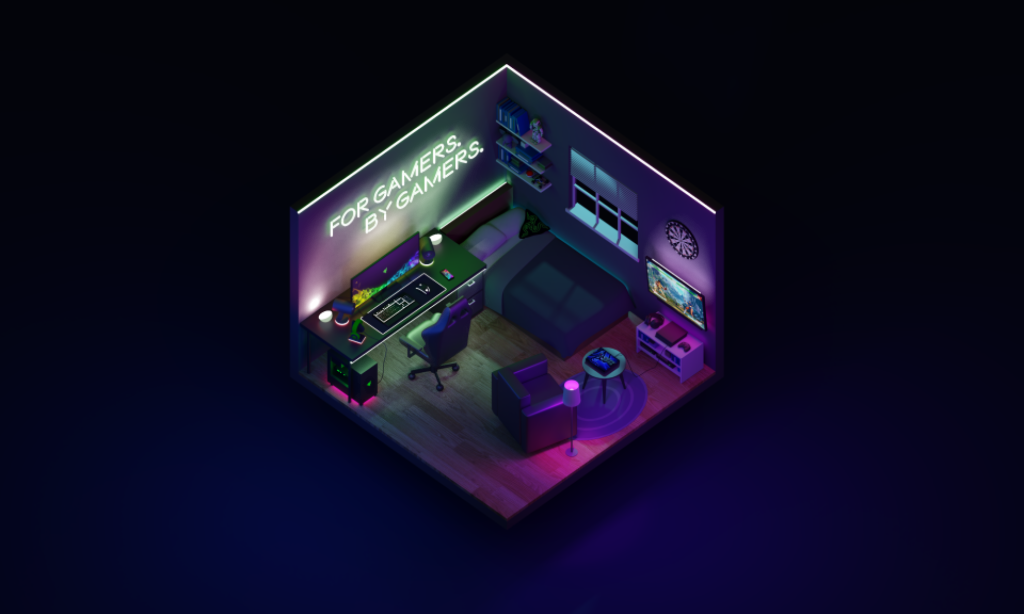Production Manager
The primary duty of the Production Manager is to support the Producer in successfully running a project, by maintaining a broad overview of all project departments. A Production Manager will be responsible for managing artists, schedules, and daily tasks. You will work in conjunction with VFX Producers and VFX Supervisors.
For the responsibilities that a Production Manager will take, for example, you will be responsible for resource management across all project departments. Includes internal resources, performance reviews, schedule updates, absence/holiday tracking and negotiating/issuing contracts for outsourced artists. Creating and maintaining overview/department schedules and delivery oversight for all project departments, including the setting of department/project priorities and defining milestones. Serving as the main point of coordination and contact between the day-to-day production team and the project’s senior/management staff, etc.

VFX Editor
The VFX Editor incorporates and updates all required versions of visual effects shots into the current cuts of the VFX / live action sequences. They will have the ability to create a functioning environment where the Visual Effects Supervisor can evaluate any version of any shot in the current sequences, for aesthetic and technical direction. This position works closely with producers to manage all incoming media and outgoing deliverables.
Key responsibilities a VFX Editor may take are as follows. You may communicate with client editorial and track all stages of the client cuts, internal cuts, and iterations. Maintain the production database with line up and count sheet information and verify correct plates and frame ranges are being used by the artists as well as provide information and clarification when needed. Update sequences with any changes to the cut and communicate changes and references to the VFX team.
Most of the companies may require years of editing experience within the film and television industry. In addition, an eye for detail and thorough understanding of techniques, file formats, colour-space, software and technology relating to the live action visual effects. Ability to convert between key numbers, time-codes and frames, excellent communication and multitasking skills and so on.
The following video talks about the actuality of VFX Editor, including the jobs they need to do, responsibilities they take, qualities they should have, etc.

Data input/output (I/O) technician
Data input/output (I/O) technicians are responsible for organizing, transferring and storing the computer files and data for a VFX production company. They make logs of all of the files that they receive and perform quality control checks on these files to see if there are problems or if the files are corrupted. They use file transfer programs in order to perform their role.
Duties they may take are as follows. They may be responsible for monitoring disk servers, performing backups/restores, and handling incoming/outgoing data transfers. Maintaining data and asset tracking, preparing incoming/outgoing data transfers, collecting files from clients and vendors and prepare deliveries back to them. What’s more, monitoring servers and studio queue system; escalateing issues as needed and troubleshooting and correcting failing tasks. Requirements companies may ask:

Concept Artist
A concept artist is a designer who visualizes & creates art for characters, creatures, vehicles, environments, and other creative assets. Concept art is used to visualize ideas so that modelers, animators, and VFX teams can make these ideas ready for production.
It’s really important for concept artists to build a strong visual library which acts like a database of ideas, shapes, fabrics, textures, and other similar concepts to draw from. A concept artist has to create new ideas frequently based on certain creative briefs, and the work has to be done fast.
Concept art is a very competitive career but it’s also incredibly unique. Being able to envision ideas, create full designs, and see them come to life is truly a magical career that can’t be replaced by much else.
In the following article, it explains what a Concept Aritst is:
What is a Concept Artist? (conceptartempire.com)
Examples of concept art:



Previs Artist (Previsualisation artist)
A Previs Artist is a technician, who usually works in 3D. His role is to enable the production team (including the producer and the director of a film, an advertisement or a television show) to realistically organize or visualize the scenes in a technically consistent manner.
Animation, compositing and editing skills are all required of a Previs Animator. They are expected to turn around drafts quickly, working from storyboards to assist in the direction of the scene. A previs is used to plan out shots, determine scale, define shot types, work out lighting and camera angles.
A Previs Animator or Artist may work on feature films, short films, advertisements, video games, cartoons, or television series. They work closely with the director and cinematographer to plan out the scenes at a conceptual stage.

The software and other tools that previs artist may use include Maya, 3D Studio, Max, Java, Adobe Photoshop, illustrator, nuke, etc.
This vidoe talks about what a Previs Artist do in the film production:


Previsualization Artist Hamilton Lewis on “Kung Fu Panda 3” – YouTube
